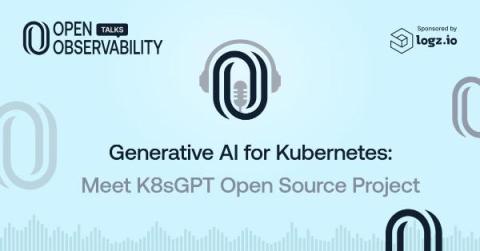How to Streamline Your Deployment Pipeline A DevOps Journey
In the fast-paced world of software development, efficiency is key. One of the most critical aspects of ensuring smooth and reliable software delivery is streamlining your deployment pipeline. A well-optimized deployment pipeline not only saves time and resources but also enhances the overall quality of your product. Let’s embark on a DevOps journey to explore how you can streamline your deployment pipeline effectively.











